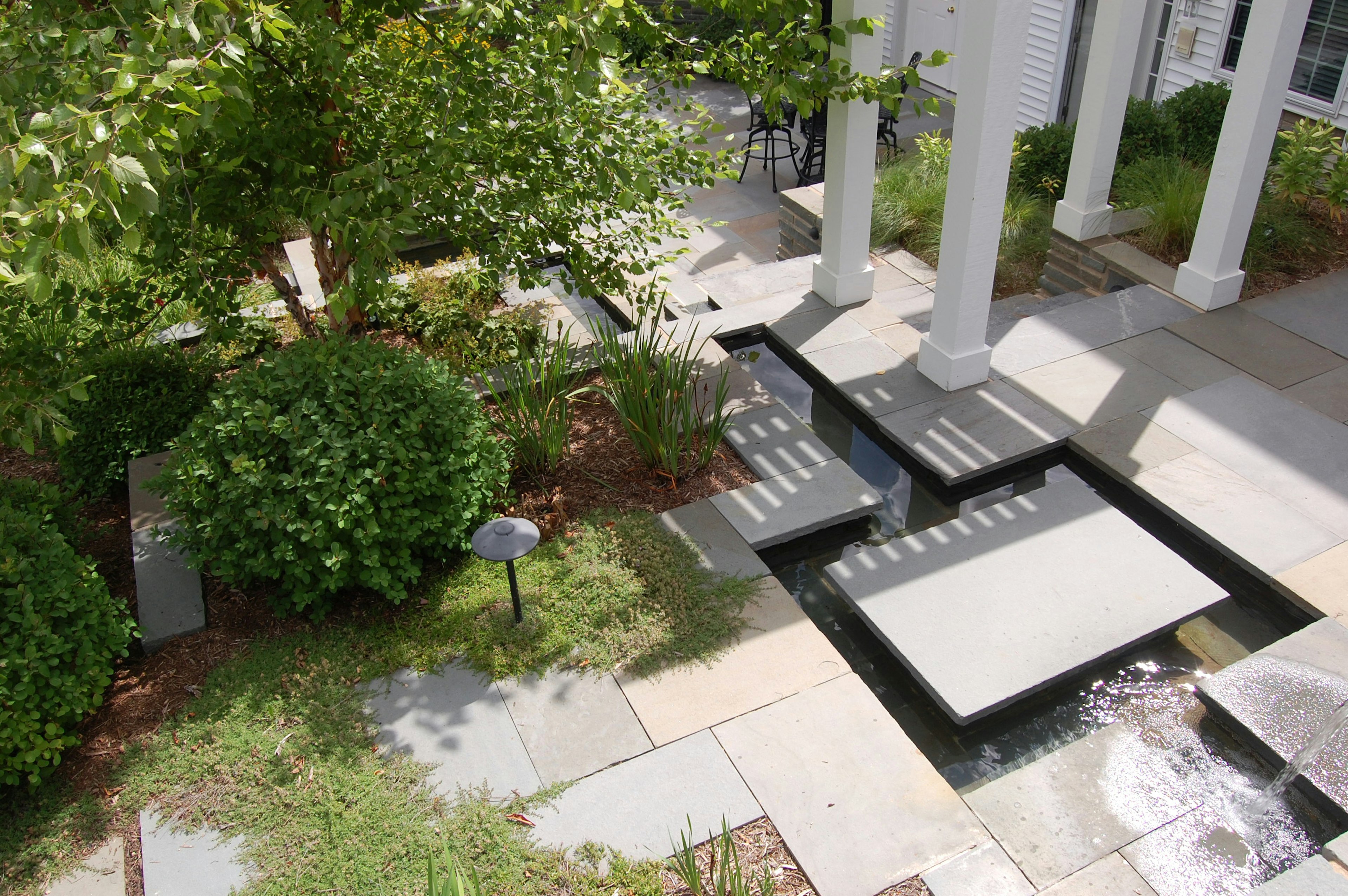
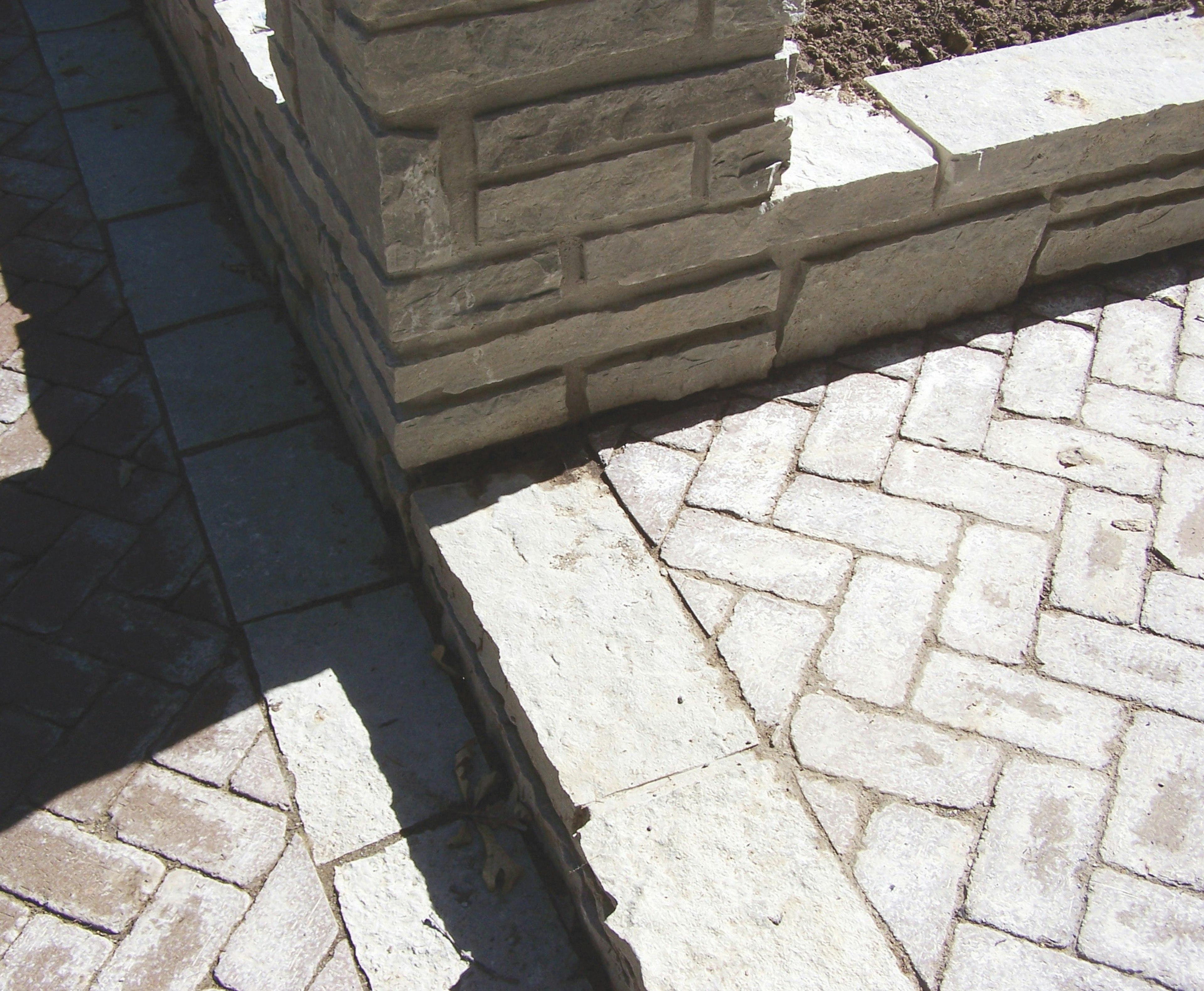

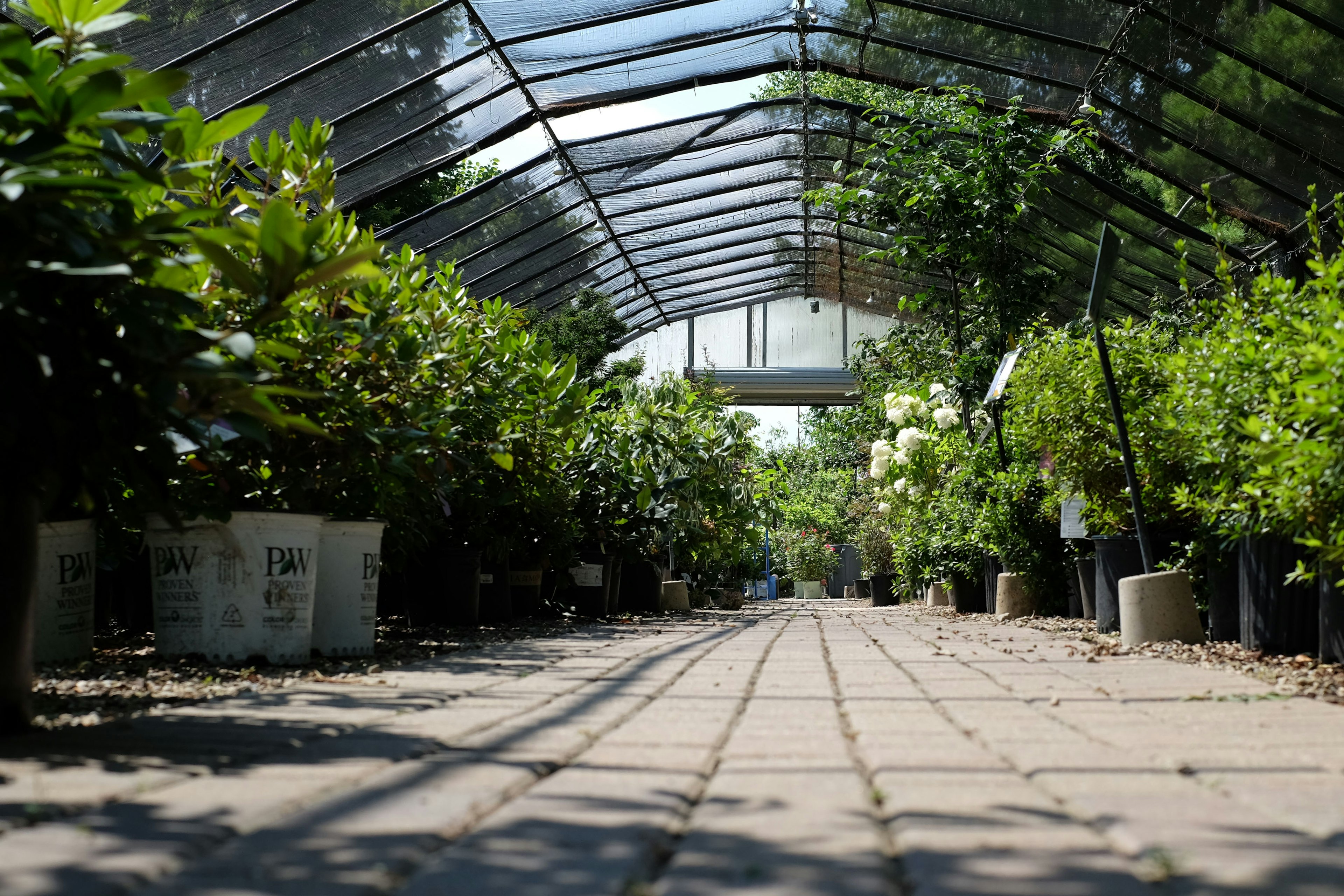

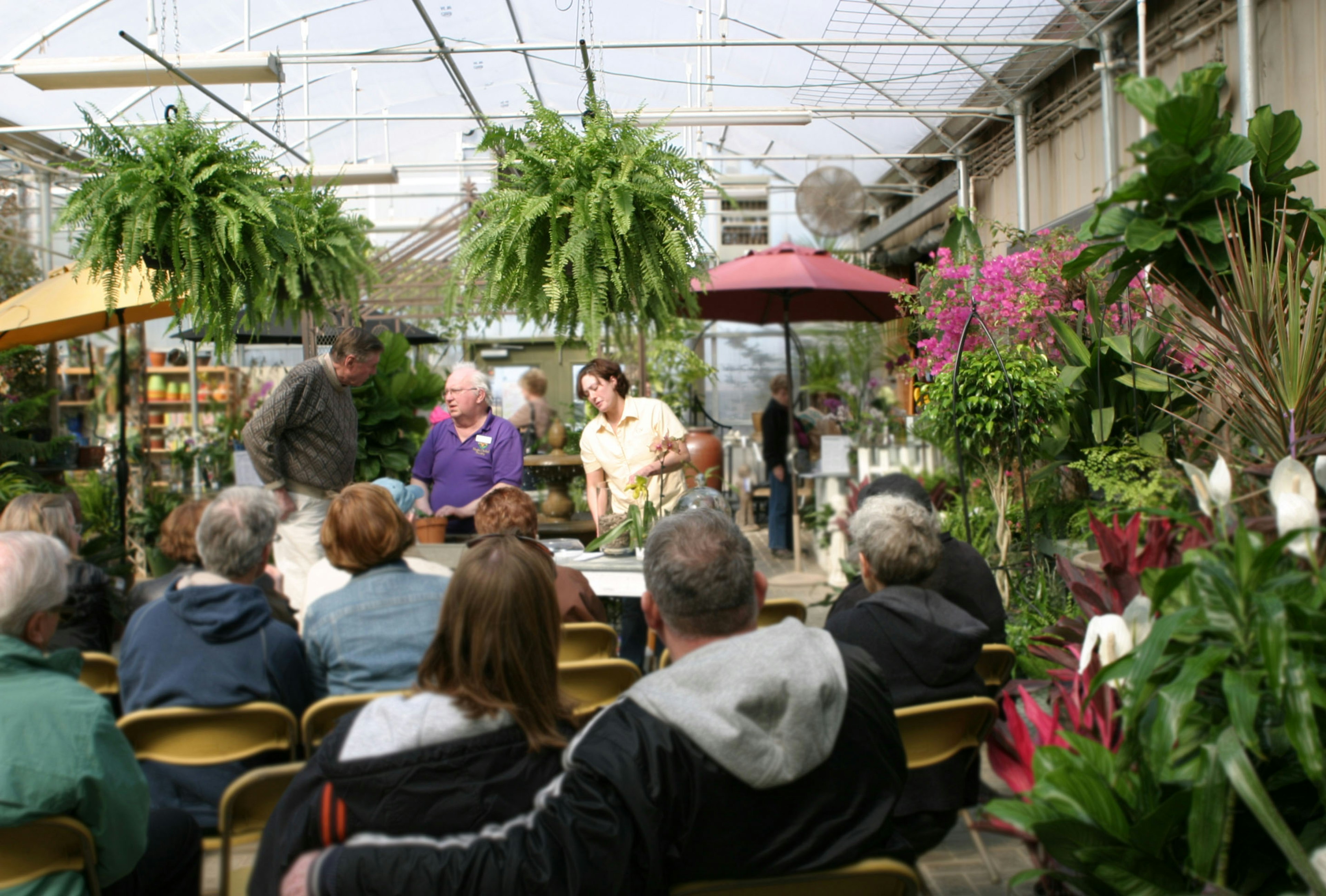
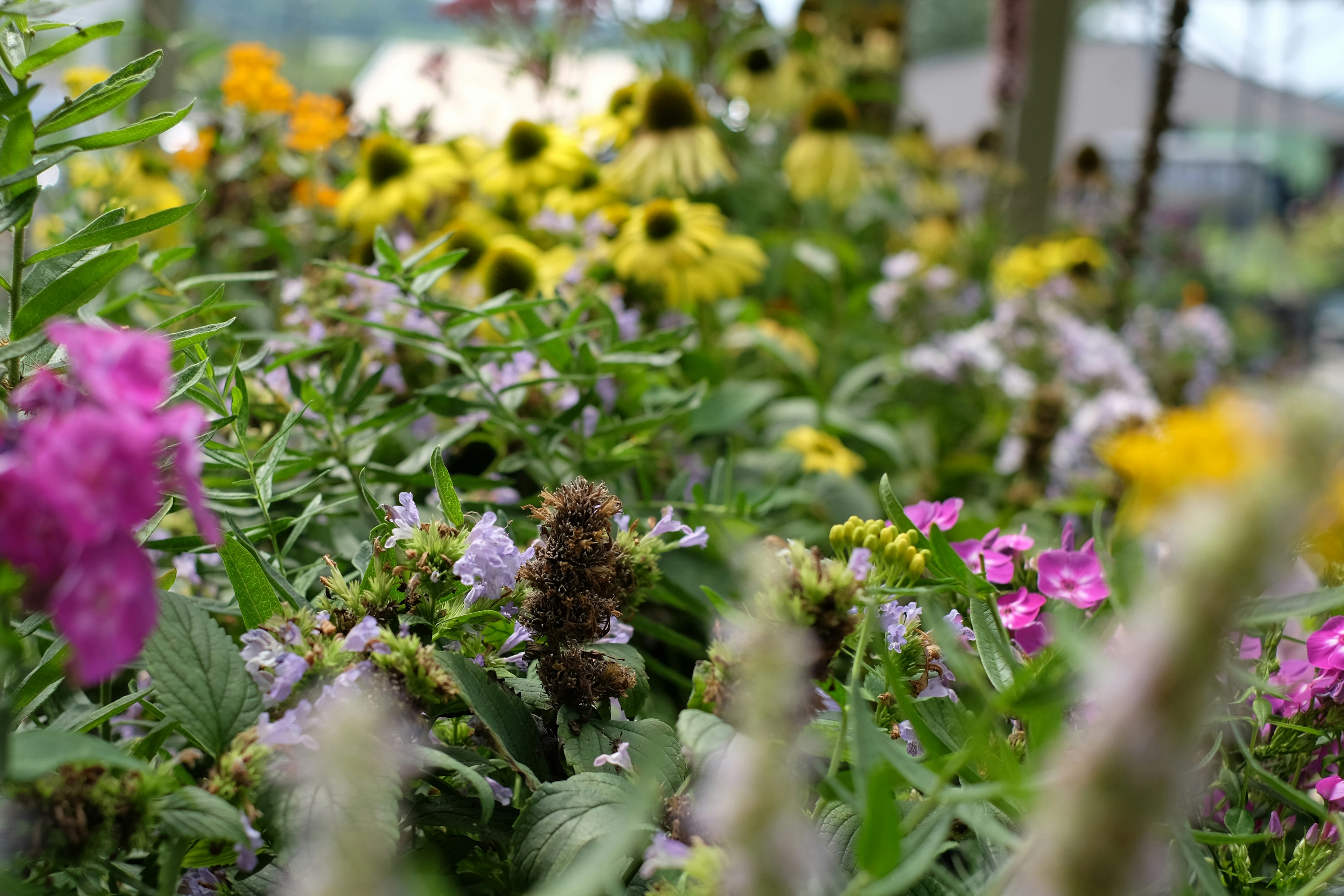

Landscape

The Beauty and Resilience of Native Plants in Your Landscaping

Today, I want to delve into an important environmentally responsible and aesthetically pleasing topic: utilizing native plants in your landscape. This topic becomes especially pertinent this summer as we are experiencing unusually dry conditions in Central Illinois.
Our native plants have evolved over thousands of years in the local conditions and, thus, are perfectly adapted to our climate, weather patterns, and soil types. This makes them more drought-tolerant and hardy, requiring less irrigation, which is a big plus in dry seasons like this one.
Native plants help conserve water and require fewer chemical fertilizers and pesticides. They promote biodiversity, provide habitats for local wildlife, and are essential to our local ecosystems. Plus, they offer a unique aesthetic that resonates with the landscape and captures the authentic charm of Illinois.
How to Choose Native Plants
Selecting native plants can be quite an enjoyable process. Illinois has an incredibly diverse flora; you can easily find native plants that fit your landscape design and personal taste.
The Illinois Department of Natural Resources and the Illinois Native Plant Society provide excellent resources for choosing native plants, offering a range of plants suitable for different soils, light conditions, and moisture levels. From striking wildflowers like purple coneflower (Echinacea purpurea) and butterfly milkweed (Asclepias tuberosa) to beautiful grasses like big bluestem (Andropogon gerardi) and Indian grass (Sorghastrum nutans), there's a native plant for every garden design and condition.
Designing with Native Plants
When designing your landscape, don’t think of native plants as limiting. On the contrary, they offer a rich palette of colors, textures, and forms to work with. You can use native plants to create any style of garden – formal, informal, minimalist, woodland, meadow, or prairie.
Consider planting in layers to mimic natural ecosystems: trees, shrubs, perennials, and groundcovers. This helps create a dynamic, visually appealing landscape while also providing a variety of habitats for birds, pollinators, and other wildlife.
Working with the Dry Climate
The resilience of native plants is one of their most valuable traits, especially given our current dry conditions. Plants such as the butterfly milkweed, compass plant (Silphium laciniatum), and prairie dropseed (Sporobolus heterolepis) are exceptionally drought tolerant. They've evolved to withstand dry spells, and their deep root systems enable them to access water far beneath the soil surface. These plants will stay green and vigorous even in the driest conditions.
Don’t let the name ‘milkweed’ deter you. This plant is a stunning addition to any garden, with vibrant orange blooms that attract butterflies. The compass plant, with its towering stalks and sunny-yellow flowers, adds architectural interest to your landscape. Meanwhile, the prairie dropseed, a native bunchgrass, is an excellent low-maintenance groundcover that adds a pleasing texture and movement.
Making the Shift to Native Plants
If you're considering transitioning your garden to native plants, remember that it doesn't need to happen all at once. A gradual transition, incorporating natives into your existing landscape, is a good way to start. You can replace high-maintenance plants with natives or establish a new native plant bed. As your native plants mature and fill in, you'll see a transformation in your landscape and local wildlife.
The Many Benefits of Going Native
When you choose native plants, you're doing much more than creating a stunning, resilient landscape. You're also contributing positively to your local ecosystem.
Native plants support local pollinators like bees and butterflies, which have co-evolved with these plants. They provide the right food and habitat for them, supporting their survival and contributing to the pollination of nearby plants and food crops.
Moreover, these plants help reduce air pollution, control erosion, and improve water quality. Native plants, particularly prairie plants, have extensive root systems that hold soil in place, preventing erosion and run-off. They also help rainwater infiltrate into the ground, replenishing our groundwater resources.
In a nutshell, going native is not only beneficial for our gardens but also for our broader environment. It helps conserve our precious water resources, supports biodiversity, and contributes to a healthy ecosystem. Despite the challenges posed by the dry summer in Central Illinois, the resilient native plants continue to thrive, painting a vibrant picture of strength and adaptability. Their beauty lies in their resilience, and their value extends far beyond their aesthetic appeal. As a landscape designer, I believe in the power of native plants to create sustainable, beautiful landscapes that echo the unique charm of Illinois. Let's embrace the natives and celebrate the incredible flora of our state!
Dave Knight